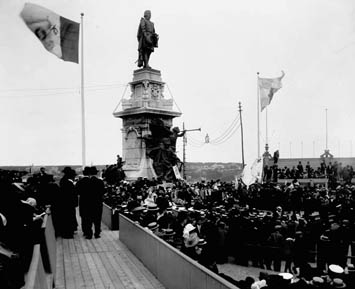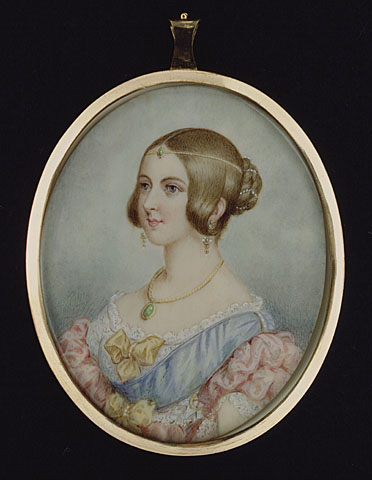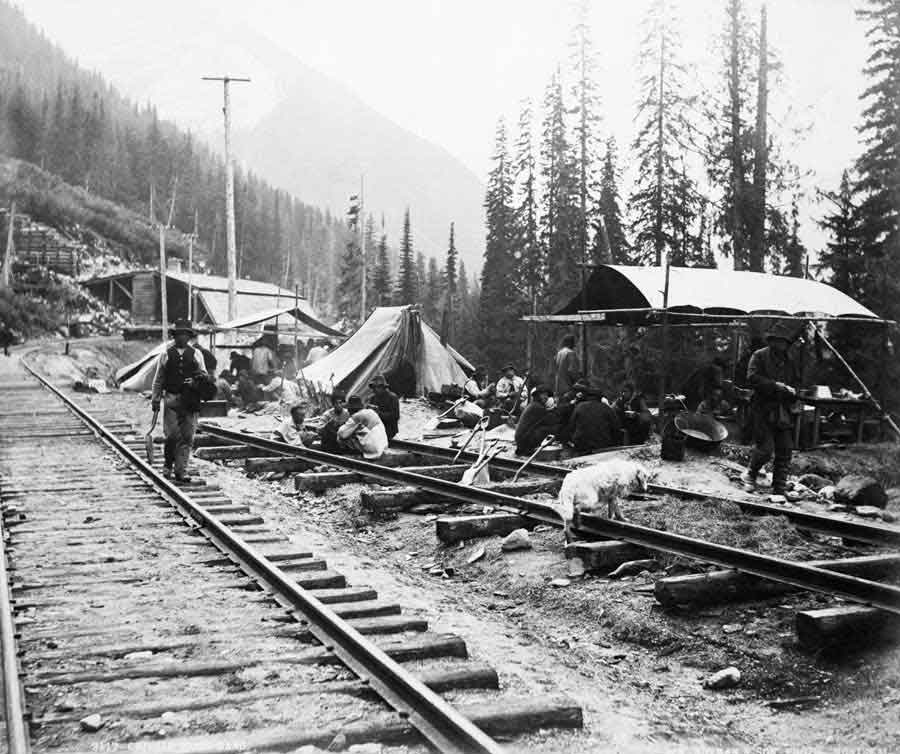Article
Québec Referendum (1995)
Held on 30 October 1995, the referendum on Québec sovereignty was settled by a narrow victory for the “No” camp — as had been the case in the 1980 referendum.

Enter your search term
Signing up enhances your TCE experience with the ability to save items to your personal reading list, and access the interactive map.
Create AccountArticle
Held on 30 October 1995, the referendum on Québec sovereignty was settled by a narrow victory for the “No” camp — as had been the case in the 1980 referendum.
"https://d3d0lqu00lnqvz.cloudfront.net/media/media/2dc07cb0-897b-47b0-8e75-0bcdac4d6705.jpg" // resources/views/front/categories/view.blade.phphttps://d3d0lqu00lnqvz.cloudfront.net/media/media/2dc07cb0-897b-47b0-8e75-0bcdac4d6705.jpg

Article
The Quebec Resolutions are a list of 72 policy directives that formed the basis of Canada’s Constitution. They emerged from the Charlottetown Conference (1–9 September 1864) and the Quebec Conference (10–27 October 1864). Those meetings were held by politicians from the five British North American colonies to work out the details of how they would unite into a single country. (See also: Confederation.) The Quebec Resolutions were finalized at the London Conference (4 December 1866 to March 1867). They formed the basis of the British North America Act — the first building block of Canada’s Constitution — which established the Dominion of Canada on 1 July 1867.
"https://d3d0lqu00lnqvz.cloudfront.net/media/media/3bac7236-85c5-44fe-8cea-2d0c2948c5df.jpg" // resources/views/front/categories/view.blade.phphttps://d3d0lqu00lnqvz.cloudfront.net/media/media/3bac7236-85c5-44fe-8cea-2d0c2948c5df.jpg

Article
The Reference re Secession of Quebec was a reference case of the Supreme Court of Canada. It came after the 1995 Quebec referendum. The Court was faced with the question of whether Quebec could decide on its own to secede from Canada.
"https://d3d0lqu00lnqvz.cloudfront.net/media/media/7ac02b0f-118b-4ccb-b6dc-81f218b68954.jpg" // resources/views/front/categories/view.blade.phphttps://d3d0lqu00lnqvz.cloudfront.net/media/media/7ac02b0f-118b-4ccb-b6dc-81f218b68954.jpg

Article
When the Canadian Confederation was established in 1867, provisions were made for the creation of a provincial government in Québec, the only region with a majority French-speaking population. This distinctive identity has exerted a profound influence on all facets of Québec’s history and continues to fuel debate about the province’s future.
"https://d3d0lqu00lnqvz.cloudfront.net/media/media/26cf09fc-e503-45c3-ae5a-f30684869e3c.jpg" // resources/views/front/categories/view.blade.phphttps://d3d0lqu00lnqvz.cloudfront.net/media/media/26cf09fc-e503-45c3-ae5a-f30684869e3c.jpg

Macleans
It was the moment when a bad week for the Liberal government's Quebec strategy got worse.This article was originally published in Maclean's Magazine on March 2, 1998
"https://www.thecanadianencyclopedia.ca/images/tce_placeholder.jpg?v=e9dca980c9bdb3aa11e832e7ea94f5d9" // resources/views/front/categories/view.blade.phphttps://www.thecanadianencyclopedia.ca/images/tce_placeholder.jpg?v=e9dca980c9bdb3aa11e832e7ea94f5d9

Editorial
The following article is an editorial written by The Canadian Encyclopedia staff. Editorials are not usually updated.
"https://d3d0lqu00lnqvz.cloudfront.net/media/media/13a67c95-5fb2-4449-8e79-1a42d810c1c7.jpg" // resources/views/front/categories/view.blade.phphttps://d3d0lqu00lnqvz.cloudfront.net/media/media/13a67c95-5fb2-4449-8e79-1a42d810c1c7.jpg

Article
On the plans which he had prepared for the construction of the Hôtel du Parlement de Québec (Québec's parliament buildings), Eugène-Étienne Taché took the initiative to inscribe, under the provincial coat of arms above the main door, a MOTTO of his own invention: Je me souviens (I remember).
"https://www.thecanadianencyclopedia.ca/images/tce_placeholder.jpg?v=e9dca980c9bdb3aa11e832e7ea94f5d9" // resources/views/front/categories/view.blade.phphttps://www.thecanadianencyclopedia.ca/images/tce_placeholder.jpg?v=e9dca980c9bdb3aa11e832e7ea94f5d9

Article
Queen Victoria (who reigned from 1837–1901) celebrated 60 years on the throne in 1897. Celebrations to honour the grand occasion — the first Diamond Jubilee — showcased the Queen’s role as “mother” of the British Empire and its Dominions, including Canada.
"https://d3d0lqu00lnqvz.cloudfront.net/media/media/df5c8ead-ea1c-4fb8-a956-b618aa0ad884.jpg" // resources/views/front/categories/view.blade.phphttps://d3d0lqu00lnqvz.cloudfront.net/media/media/df5c8ead-ea1c-4fb8-a956-b618aa0ad884.jpg

Article
The Quidi Vidi Battery was built in 1762 by the French. The French attacked the ST JOHN'S, Nfld, area in one of the last campaigns of the SEVEN YEARS' WAR, capturing and burning many settlements around Trinity and Conception bays. They then erected the battery to defend their newly won territory.
"https://www.thecanadianencyclopedia.ca/images/tce_placeholder.jpg?v=e9dca980c9bdb3aa11e832e7ea94f5d9" // resources/views/front/categories/view.blade.phphttps://www.thecanadianencyclopedia.ca/images/tce_placeholder.jpg?v=e9dca980c9bdb3aa11e832e7ea94f5d9

Article
The Quiet Revolution (Révolution tranquille) was a time of rapid change experienced in Québec during the 1960s. This vivid yet paradoxical description of the period was first used by an anonymous writer in The Globe and Mail.
"https://d3d0lqu00lnqvz.cloudfront.net/media/media/JeanLesageGeneratingStation.jpg" // resources/views/front/categories/view.blade.phphttps://d3d0lqu00lnqvz.cloudfront.net/media/media/JeanLesageGeneratingStation.jpg

Article
Railway accidents may result from a number of situations, including improper track beds, metal fatigue, fire, flawed rails, human error and frail bridges.
"https://d3d0lqu00lnqvz.cloudfront.net/media/new_article_images/Lac-Mégantic_Rail_Disaster/Aerial view.jpg" // resources/views/front/categories/view.blade.phphttps://d3d0lqu00lnqvz.cloudfront.net/media/new_article_images/Lac-Mégantic_Rail_Disaster/Aerial view.jpg

Article
The development of steam-powered railways in the 19th century revolutionized transportation in Canada and was integral to the very act of nation building. Railways played an integral role in the process of industrialization, opening up new markets and tying regions together, while at the same time creating a demand for resources and technology. The construction of transcontinental railways such as the Canadian Pacific Railway opened up settlement in the West, and played an important role in the expansion of Confederation. However, railways had a divisive effect as well, as the public alternately praised and criticized the involvement of governments in railway construction and the extent of government subsidies to railway companies. This is the full-length entry about Railway History in Canada. For a plain-language summary, please see Railway History in Canada (Plain-Language Summary).
"https://d3d0lqu00lnqvz.cloudfront.net/media/media/8823201a-ab8c-4c8a-b5d2-496170adfe05.jpg" // resources/views/front/categories/view.blade.phphttps://d3d0lqu00lnqvz.cloudfront.net/media/media/8823201a-ab8c-4c8a-b5d2-496170adfe05.jpg

Article
His Majesty’s Canadian Ship (HMCS) Rainbow was an Apollo-class cruiser that was commissioned into Britain’s Royal Navy in 1893. In 1910, Britain sold the vessel to Canada, where it became one of the first two warships of the newly formed Naval Service of Canada. Rainbow served 10 years in the Canadian navy, including throughout the First World War. It was sold for scrap in 1920.
"https://d3d0lqu00lnqvz.cloudfront.net/HMS-Shearwater_HMCS-Rainbow.jpg" // resources/views/front/categories/view.blade.phphttps://d3d0lqu00lnqvz.cloudfront.net/HMS-Shearwater_HMCS-Rainbow.jpg

Article
Fort Macleod was the first cattle town in the Canadian West. Early ranching was centered around the headquarters of the North West Mounted Police (courtesy Glenbow Archives).A round-up in Alberta's ranching country (photo by Angus McNee, courtesy Take Stock Photography Inc.).Photo by Notman & Son (courtesy Library and Archives Canada/C-8812).Fall roundup: lead man John Thompson herding cattle back to ranches, Alberta, October 1975 (photo by Ted Grant/courtesy Library and Archives Canada/PA-142584).PreviousNext Ranching History Ranching developed...
"https://d3d0lqu00lnqvz.cloudfront.net/media/media/b19803e4-0d66-4fe8-a70c-4cc10b995793.jpg" // resources/views/front/categories/view.blade.phphttps://d3d0lqu00lnqvz.cloudfront.net/media/media/b19803e4-0d66-4fe8-a70c-4cc10b995793.jpg

Article
RCAF Blackouts. Entertainment troupe, one of several organized during World War II by air force personnel.
"https://www.thecanadianencyclopedia.ca/images/tce_placeholder.jpg?v=e9dca980c9bdb3aa11e832e7ea94f5d9" // resources/views/front/categories/view.blade.phphttps://www.thecanadianencyclopedia.ca/images/tce_placeholder.jpg?v=e9dca980c9bdb3aa11e832e7ea94f5d9
